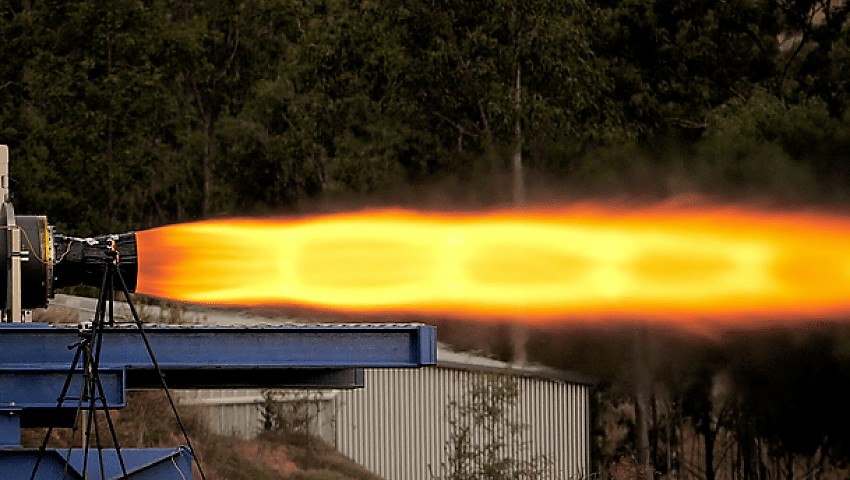Queensland and Singapore-based rocket company Gilmour Space Technologies has entered into a Space Act Agreement with the US National Aeronautics and Space Administration (NASA) to collaborate on research, technology development and educational initiatives.
To continue reading the rest of this article, please log in.
Create free account to get unlimited news articles and more!
Under the agreement, Gilmour Space will work with NASA on rover testing at the Kennedy Space Centre and may explore other potential future activities in space transportation, propulsion, in-situ resource utilisation, sustainability and life support systems.
CEO and founder Adam Gilmour said partnering with NASA is a giant step for the company.
"NASA is a world leader in space exploration efforts, and we’re privileged to be able to work with them to develop and test some of our innovative new space technologies," Gilmour said.
Gilmour Space Technologies is best know for its work on small hybrid rockets. It recently conducted a low-pressure test fire of its large orbital engine, which generated 45 kilonewtons (or over 10,100 pound-force) of thrust.
"It was a key demonstration of our hybrid rocket technology, in line with our mission to launch small satellites weighing up to 380 kilograms to space by 2020," Gilmour said.
"However, we recognise that space launch is just one piece of the bigger puzzle. In our journey to the stars, humankind will need to build sustainable and long-term infrastructure and bases on the moon, asteroids or Mars. We will need to be able to manufacture big things off-Earth, generate lots of energy, and develop technology that will help us survive and live longer in space.
"We hope to work with NASA to solve many of these issues in the years ahead."
The company raised $5 million in series A funding from venture capital firms and start-ups after it flew its hybrid rocket to an altitude of five kilometres using proprietary 3D printed fuel. It is now scaling up to launch its first commercial-class rockets to suborbital space by 2019, and to low-Earth orbit (or LEO) by 2020.

 Login
Login







